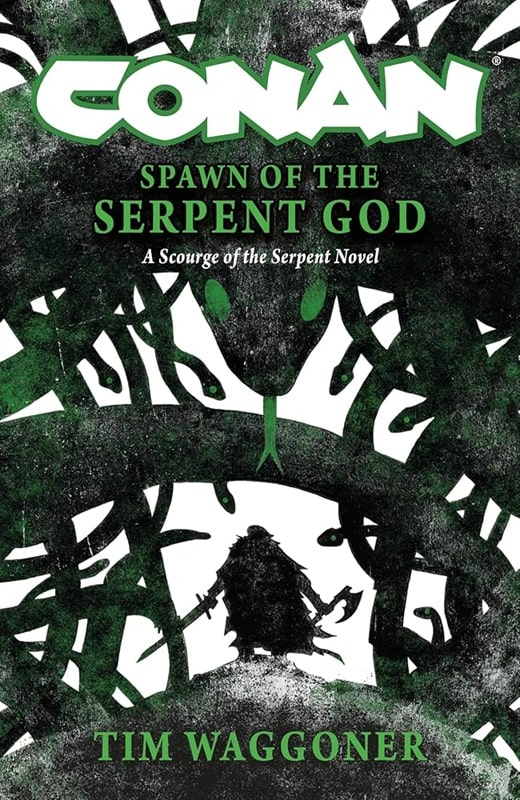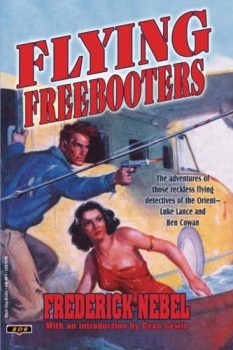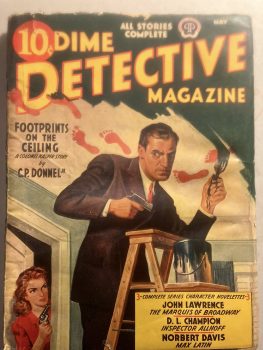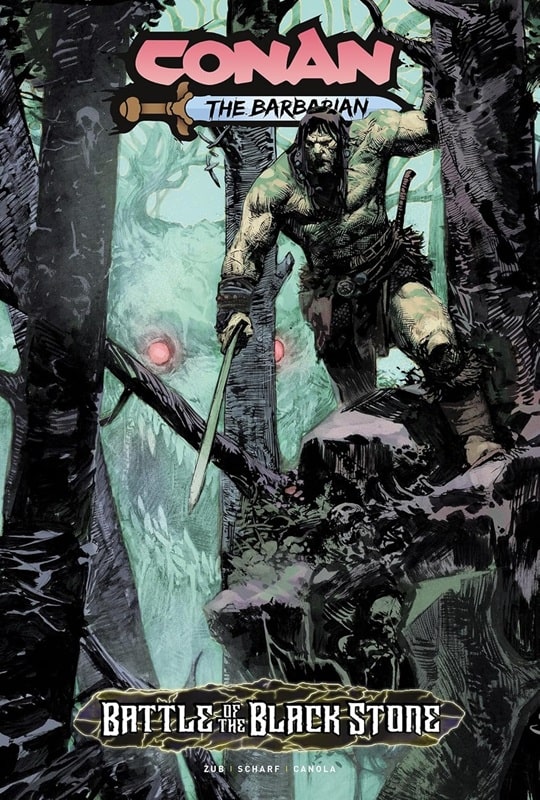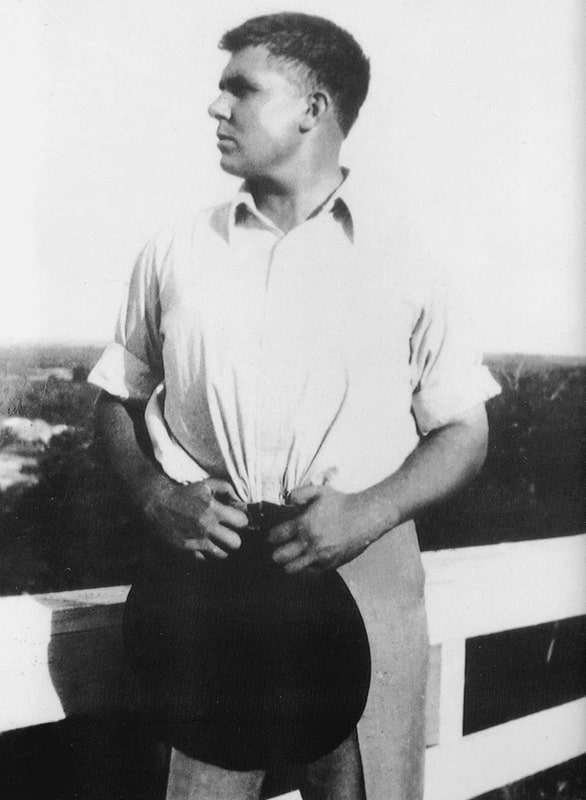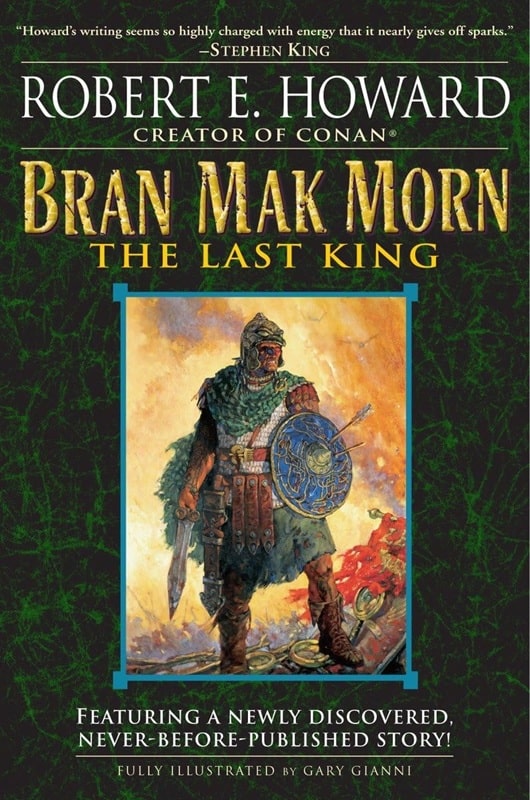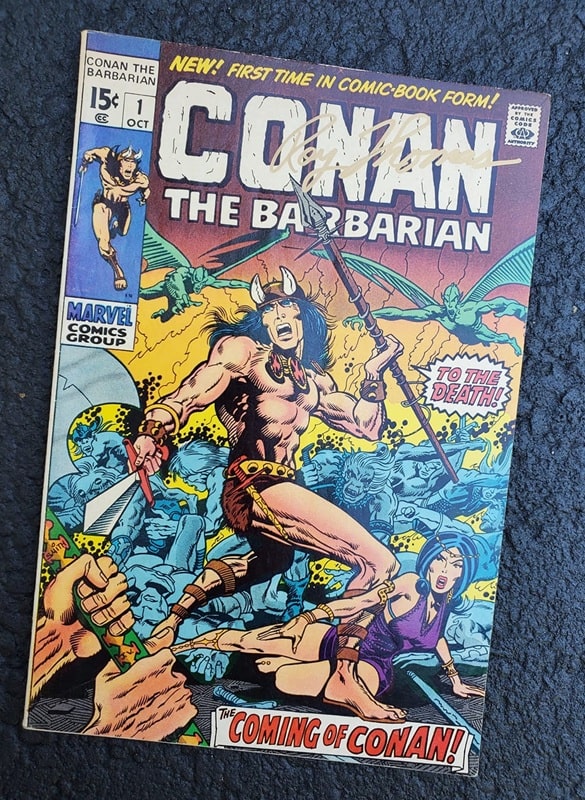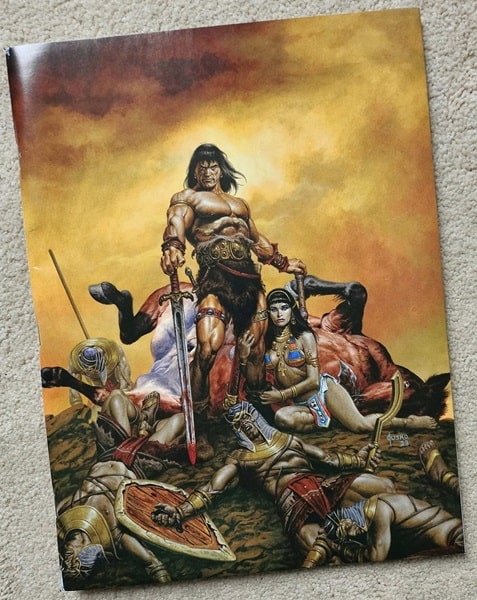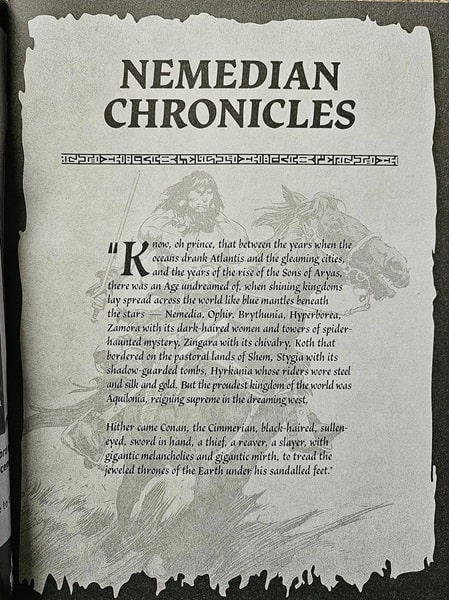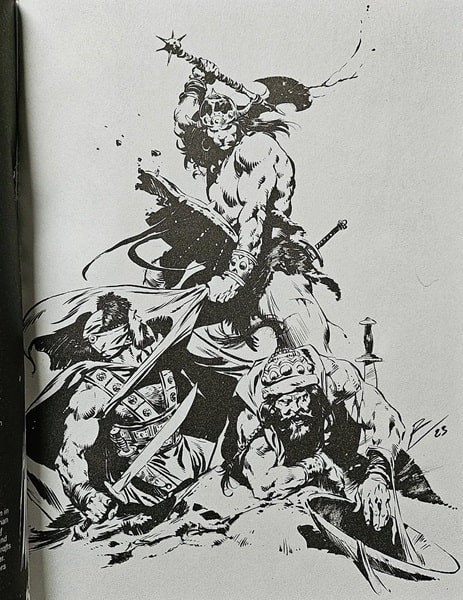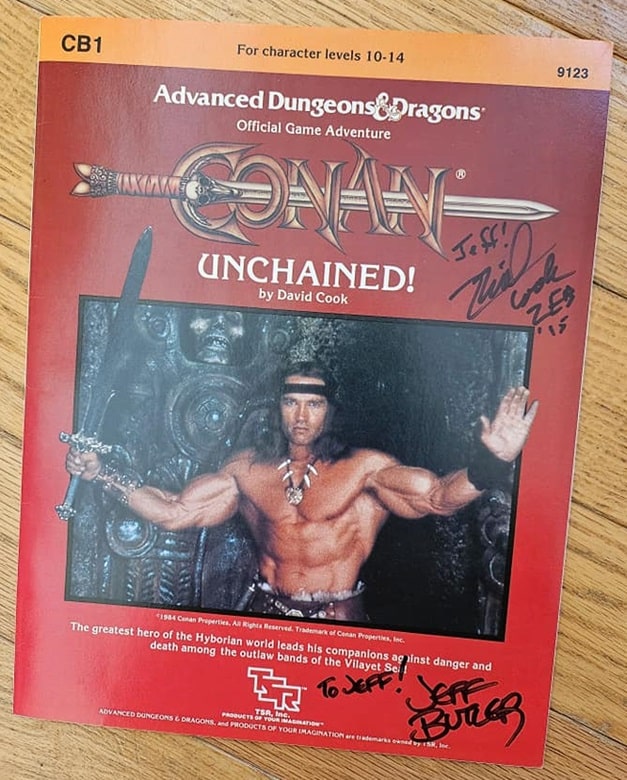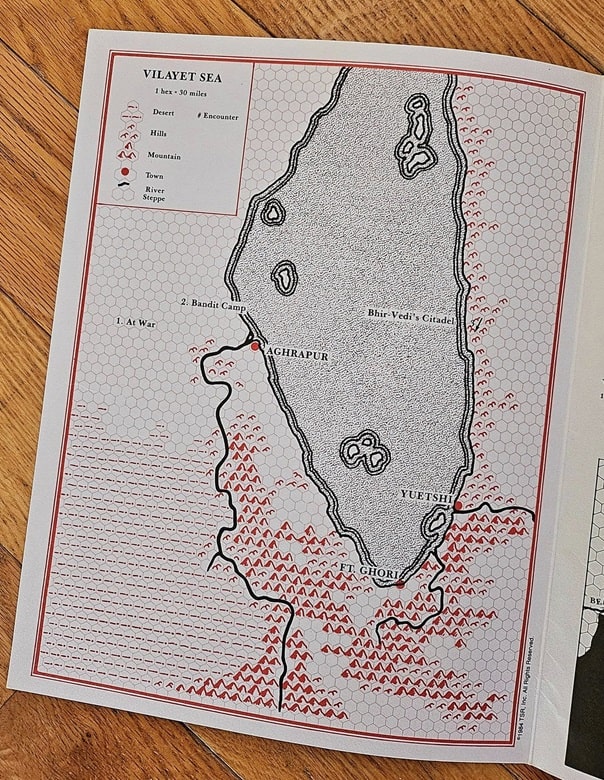A (Black) Gat in the Hand: Weird Tales Rings in Conan
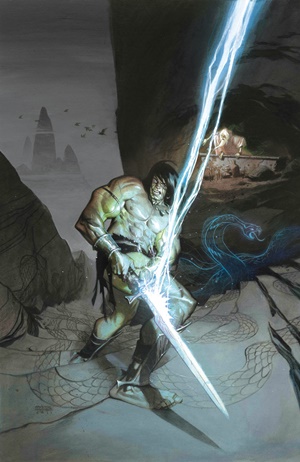 “You’re the second guy I’ve met within hours who seems to think a gat in the hand means a world by the tail.” – Phillip Marlowe in Raymond Chandler’s The Big Sleep
“You’re the second guy I’ve met within hours who seems to think a gat in the hand means a world by the tail.” – Phillip Marlowe in Raymond Chandler’s The Big Sleep
(Gat — Prohibition Era term for a gun. Shortened version of Gatling Gun)
Back in 2018, I started A (Black) Gat in the Hand because I wanted to share my love of hardboiled Pulp. I’ve had some friends join in, and they’ve added some non-hardboiled Pulp, while I’ve expanded my coverage. I’m currently working on my third Kirby O’Donnell essay, and my first on Harold Lamb, which takes us to the Adventure Pulps. And I’m starting another Robert E. Howard Weird Menace post, looking at his occult investigators, Conrad and Kirowan.
One of those stories has a direct link to Conan! A key part of that one is The Ring of Thoth Amon. And if you like the mighty-thewed Cimmerian, you know that ring is integral to the very first Conan tale, “The Phoenix on the Sword.”
Two years before I kicked off my Pulp series under the first title of With A (Black) Gat, I wrote one of the very first essays for Hither Came Conan. Six years ago now, I ruminated on “The Phoenix on the Sword.” I like that story quite a bit. So, we’re bringing that post back for the Summer Pulp series, while I work on the second life of The Ring of Thoth Amon.
I’m pretty sure “Phoenix” was the first Conan story I read. Now, it might have been “The Thing in the Crypt,” in the first Lancer/Ace collection, which I had bought and then stuck on a shelf for at least a decade or two. But I didn’t remember that story when I started going through the Ace books, AFTER exploring Conan via the Del Rey trilogy. So, I think it was “Phoenix.”

